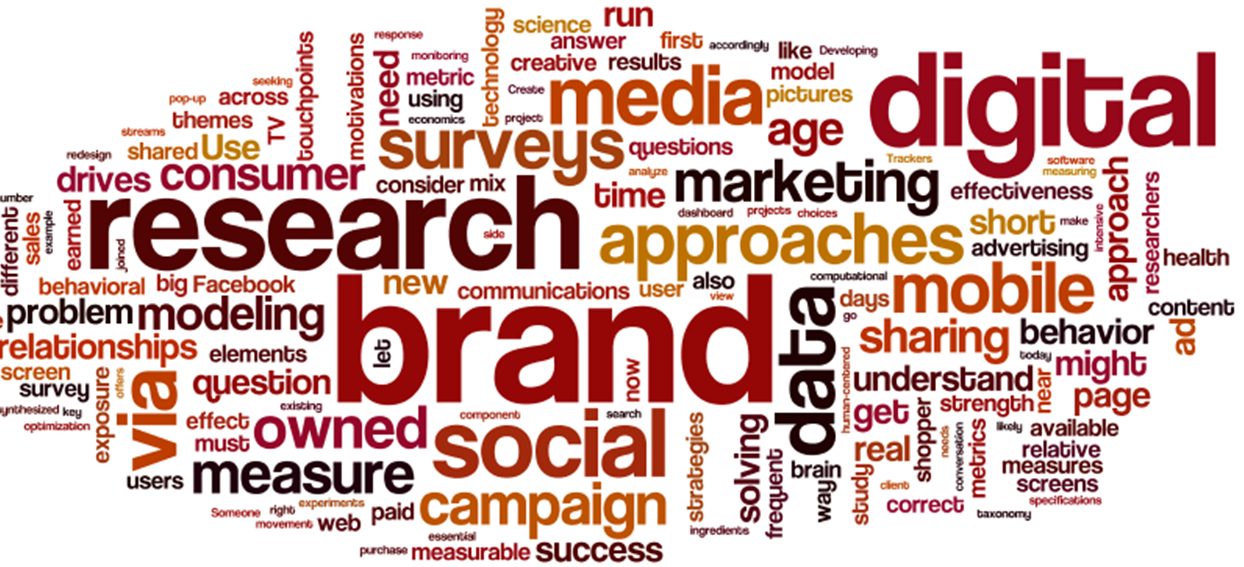If you still remember, in the last post I was talking about childhood obesity in Malaysia and how it relates to our FYP. That was only part of the agenda for my first food product development lecture. Guess what else did we do on that day? Haha, yeah, we started on the project right away. No time for us to fool around, yes, it's time for work. >.<

Lesson 1: "If you know the enemy and know yourself, you need not fear the result of a hundred battles." Sun Tzu, The Art of War
 |
| picture credit |
To get the answers to all these questions, we decided to set a questionnaire, collecting responses from school kids and parents with children in primary school. We decided the type of information we wanted to collect on the first lecture itself and started working out the questions we would like to ask. Setting the questionnaire wasn't an easy task as there were a lot of things to consider:
- Scope of questions: we should set the scope as precise as possible so that we do not end up collecting junk information that couldn't be used.
- Length of the questionnaire: it shouldn't be too long, as people will get bored and start answering questions half-heartedly
- Literacy: since our target market is primary children, we need to bear in mind that they might not fully understand certain questions, so we need to design the questionnaire in such a way that it is easily understood.
It was quite a challenge for us as we kept contemplating which questions to keep and which to omit. Everything seemed so important for us to ask. Anyway, we finally managed to filter out the 'unnecessary' ones and squeezed everything into one page. phew
After the questionnaire was ready, it was time for us to conduct the survey. So, we went to a primary school to interview kids from primary 4-6 the following week.
 |
| Me interviewing a student |
 |
| Ernie taking the height and weight of a student. |
Meanwhile, we also conduct an online survey via Google forms to gather responses from parents in Malaysia. The survey was conducted for 5 days, and we managed to collect 179 responses in total.
After the survey, comes the most mind consuming part of the whole domain, analysis of data. It wasn't that difficult given that we made use of google analytics where the data and analysis were already auto-generated. But the challenge here is synchronising and converting data from other groups to suit our design. I've spent hours cutting and pasting the data, moving in and out, trying to make most sense out of the sea of data. Haha, now I kinda regretted why didn't I take quantitative methods seriously. =X It took us one and a half week to analyse the data and finally, these are the summary of the results we got:
- 37.8% of the school kids are either overweight or obese
- Average allowance of children is RM3 while average expenditure is RM1.60.
- Most of the children buys food from canteen
- Children and parents both prefer high carbohydrate food whereby rice is more popular among the kids and bread is more preferred by the parents.
And then, another Monday came and it was time for us to present our findings.
 |
| Booorrriingggg~~ =O |
The presentation turned out to be longer than planned. It took us two and a half hours for all three groups to present our findings. *Yawns The findings were almost the same across the three groups though the way presentation differed from group to group. Generally, our performance on that day was quite welcomed by Dr. Chong, but that's because she hadn't really nitpicked the presentation. She noted that we merely reported the data with very limited analysis, which makes the data meaningless. In order to do better in the coming domain presentation, we got to keep asking ourselves the purpose of the data we collect-- why do we need these information, what does these information mean, how can we make use of these data for our product development, etc. By that, only could we convince the panel and proof the validity of our data.
That's it for our first domain, guess I should start doing some brain exercise to brace myself for the coming domain presentations.
Cheers,
Dong







0 comments:
Post a Comment